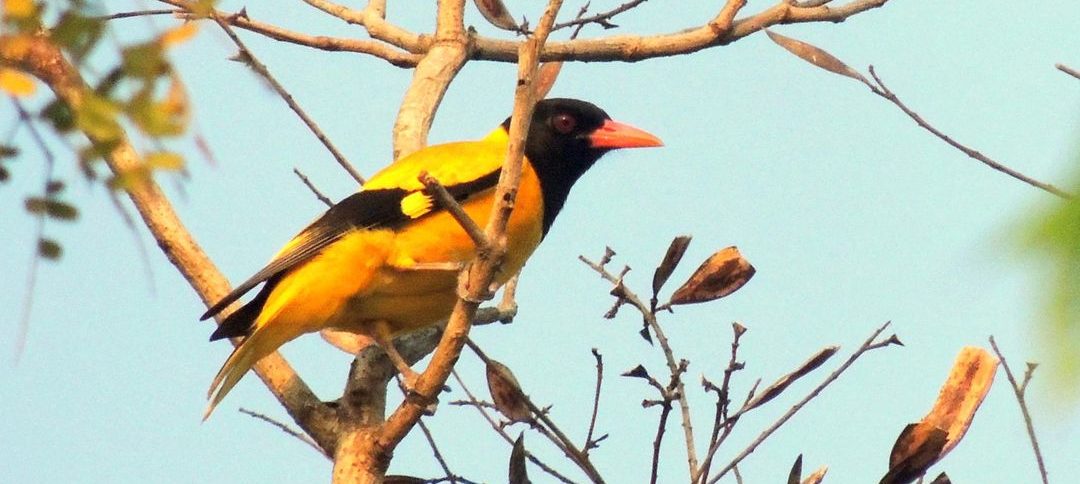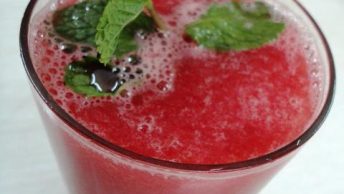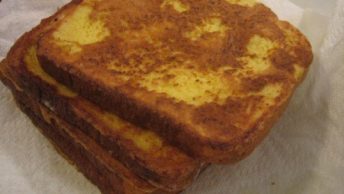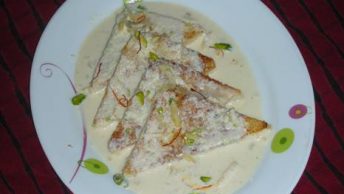Beginning a series on the backyard birds in Bhubaneswar, I cannot help but start with the Haladi Basanta – almost everyone’s favourite bird and probably the bird that has stayed most firmly in our memories of childhood. And why not, because the vibrant yellow colour and the honeyed coo of this bird truly is mesmerising!
Traditionally, the call of the Haladi Basanta heralds the coming of Spring, alongwith the call of the Koels. 25 years ago, Haladi Basanta’s were quite often seen in Bhubaneswar city, especially in homes that had old mango trees with thickets. I remember seeing them very often in a huge guava tree in our home – needless to say, spotting them was considered to be lucky. My mother says of her grandmother that she had kept a pair of Haladi Basanta’s in a cage in her home at Bhadrak so that her husband and son’s would have a glimpse at the lucky birds before they left for work. If her husband returned some day to say that his case at court did not go off well, she would say that probably the birds were sleeping when he took a look at them!
Today these beautiful golden yellow birds are rarely seen within the city limits. If any of our members reading this post have seen these birds within the city, please do let me know! In the last one month, I have spotted a pair at the Chausathi Yogini temple in Hirapur, a pair at Jaydev Vatika, a pair at the Kapileswar temple and another at the Parashurameshwar temple in Old town. And all the Haladi Basanta’s I saw were the black-hooded ones; am yet to come across one that is fully yellow without the black hood, which was commonly seen earlier.
The Black-hooded Oriole, (Oriolus xanthornus), is a member of the Oriole family of passerine birds and is a resident breeder in tropical southern Asia from India and Sri Lanka east to Indonesia. Songbirds that perch are called Passerine birds.
It is a bird of open woodland and cultivation. The nest is built in a tree, and contains two eggs. The food is insects and fruit, especially figs, found in the tree canopies where the Orioles spend much of their time.
The male is striking, with the typical oriole black and yellow coloration. The plumage is predominantly yellow, with a solid black hood, and black also in the wings and tail centre.
The female Black-hooded Oriole is a drabber bird with greenish underparts, but still has the black hood. Young birds are like the female, but have dark streaking on the underparts, and their hood is not solidly black, especially on the throat.
The black head of this species is an obvious distinction from Golden Oriole, Oriolus oriolus, which is a summer visitor to northern India. Orioles can be shy, and even the male may be difficult to see in the dappled yellow and green leaves of the canopy.
The Black-hooded Oriole’s flight is somewhat like a thrush, strong and direct with some shallow dips over longer distances.
Do spend some time early in the morning and/or late afternoon to watch the birds around you – and please keep a birdbath in your garden or roof tops for the birds. And if possible some fruits and seeds too!







